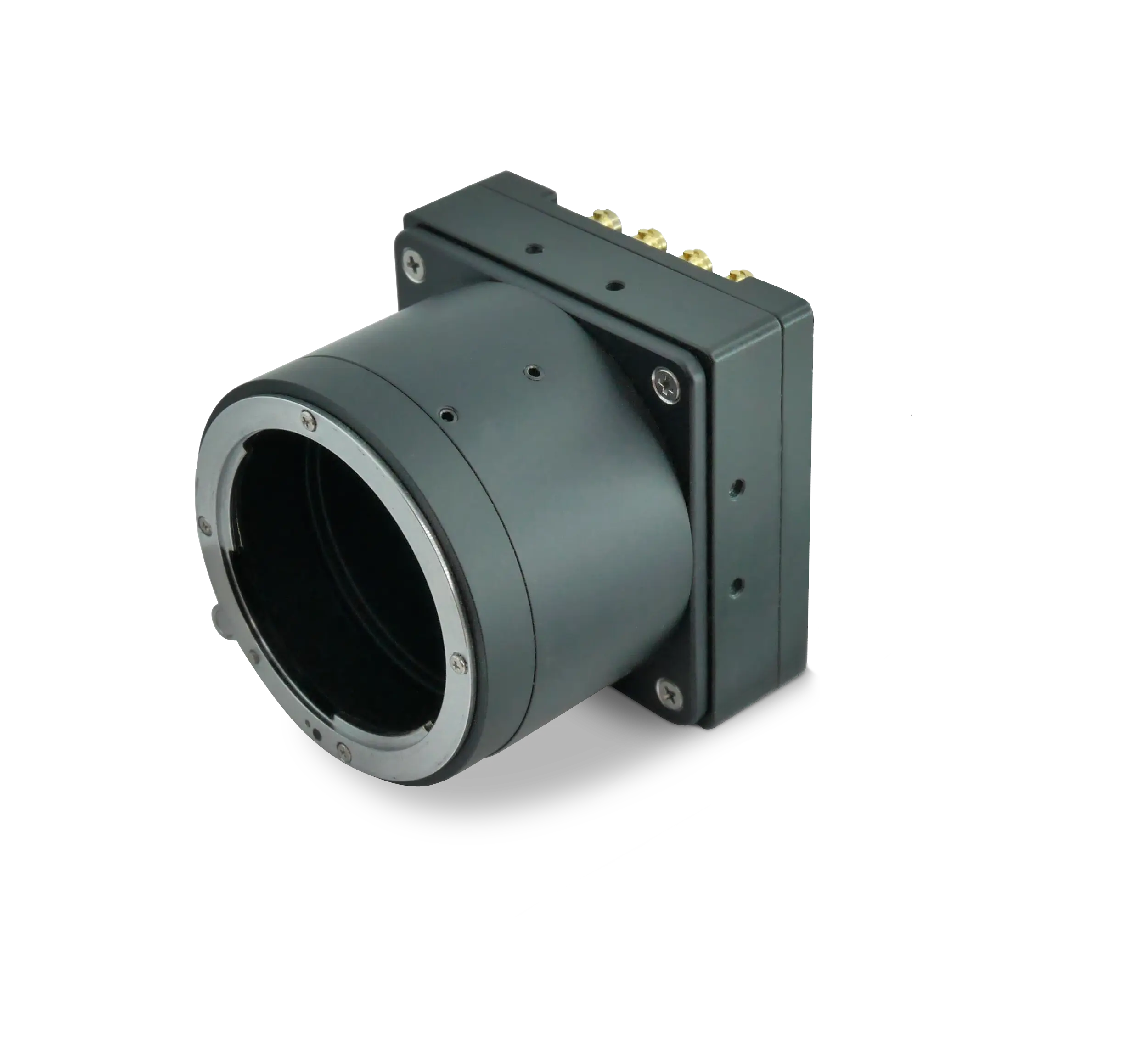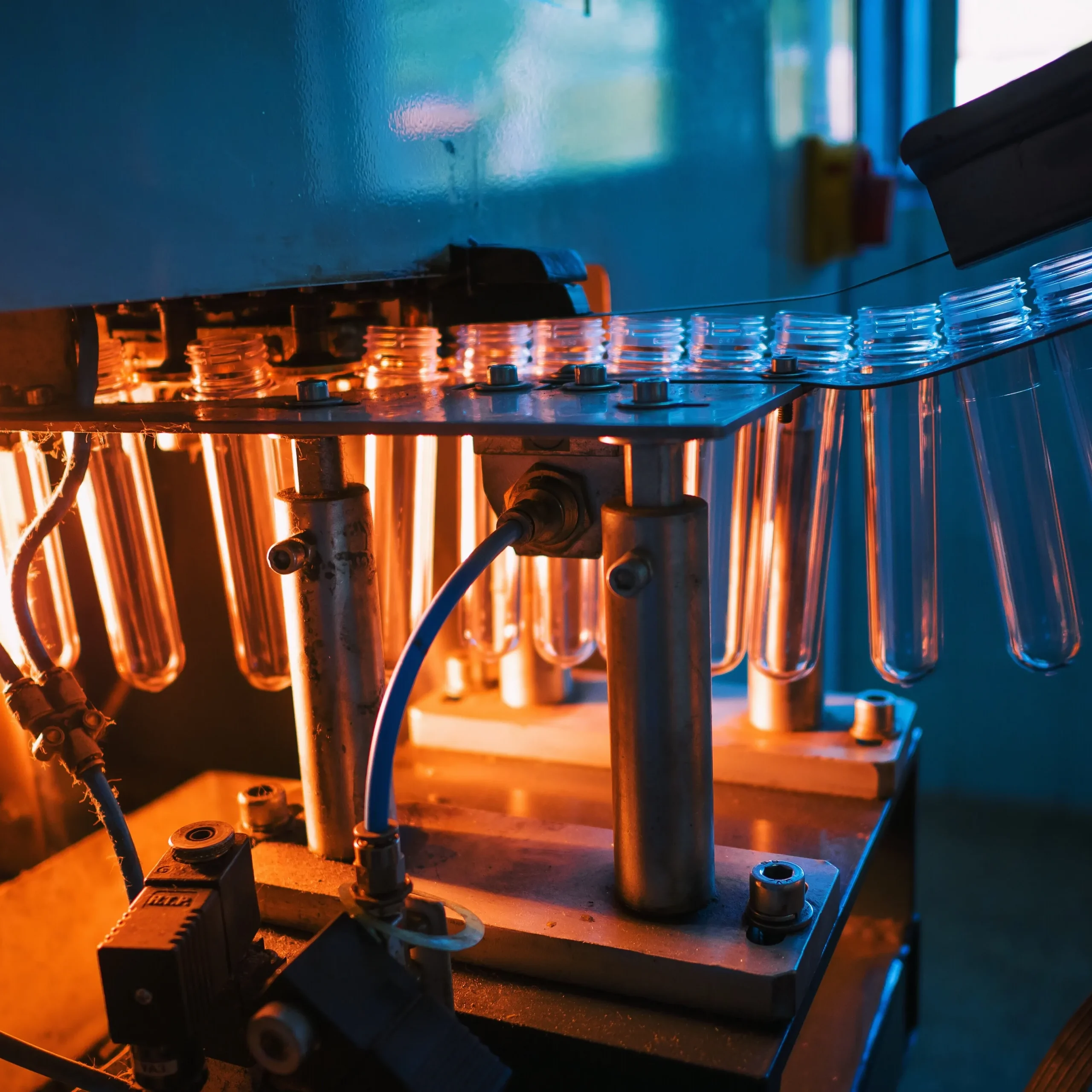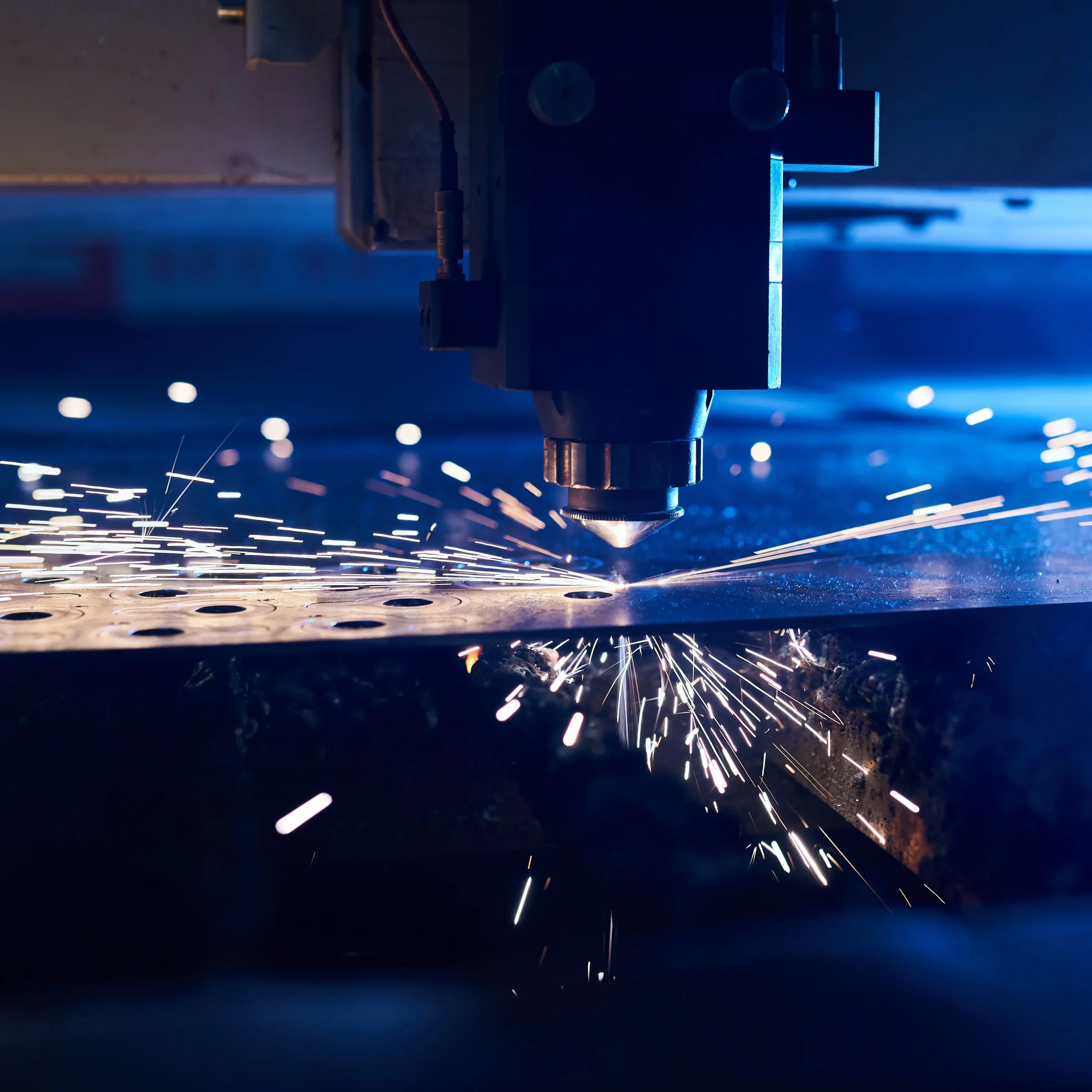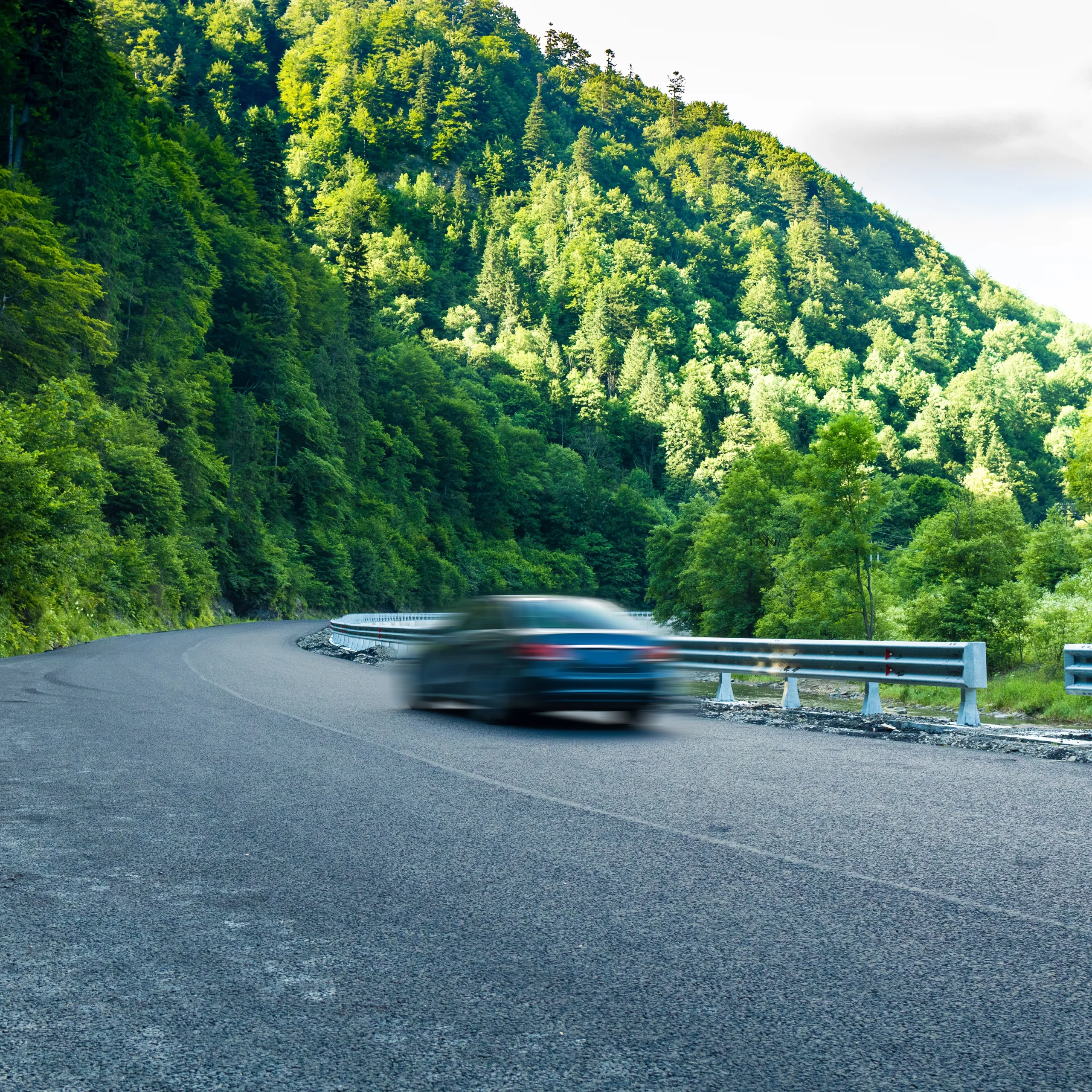Which 8K camera suits crash testing best?
For frontal, side-impact or rollover tests, the Iron SDI 3265 is the high-speed 8K camera most frequently selected by automotive safety engineers. Vision experts value its combination of UHDTV2 7680 × 4320 resolution, true global shutter and up to 60 fps output over quad-link 12G-SDI. A global shutter is critical during the millisecond window when airbags deploy because it freezes motion without the spatial skew seen in rolling-shutter sensors. The Gpixel GMAX3265 sensor inside the Iron delivers 65 dB dynamic range, so fine deformation on reflective metallic surfaces and darker cabin details are captured in the same frame. At 3.2 µm pixel pitch the optics can resolve small structural cracks while still providing a wide field of view for occupant kinematics.
Ruggedization matters as much as image quality. Crash sleds regularly exceed 75 g shock and multi-axis vibration; Iron SDI 3265 is tested to MIL-STD-810G for both, and its fan-assisted thermal design keeps the sensor at optimal temperature even when the camera is mounted inside a closed passenger compartment. Multiple lens-mount choices (F, Canon EF, Birger EF, M42) let labs re-use existing high-speed glass.
Connectivity is another differentiator. Quad-link 12G-SDI cables lock securely and can be run tens of metres with low latency, simplifying rigging across the crash hall. For facilities that prefer a CoaXPress infrastructure, the camera’s 10-bit RAW or 4:2:2 stream can be converted through an external SDI-to-CoaXPress bridge and routed to a Komodo III Quad CoaXPress-over-Fiber frame grabber. Four CoaXPress-over-Fiber links provide an aggregated 41.3 Gbit/s path to the host system, easily matching the camera’s full 8K60 data rate. Because camera configuration is available through a simple RS-232 ASCII command set or the supplied GUI, integration with existing data-acquisition and crash-analysis software remains straightforward.
In short, Iron SDI 3265 balances optical performance, rugged mechanical design and industry-standard outputs, making it a standout high-speed 8K camera for demanding crash-testing environments.
How to capture fast events at 8K?
Capturing micro-second events such as seat-belt pre-tensioner actuation or steering-column collapse at 8K requires a carefully engineered chain: sensor, transport layer, frame grabber and storage. Once the Iron SDI 3265 streams its 11.88 Gbit/s per-link signal, two proven architectures are common in crash labs.
1. SDI-to-CoaXPress workflow. Each HD-BNC output is routed to an SDI-to-CoaXPress interface module, which feeds the Komodo III Quad CoaXPress-over-Fiber frame grabber installed in a PCIe 3.0 ×8 slot. Komodo III aggregates up to four 10.3125 Gbit/s CoaXPress-over-Fiber links and sustains roughly 6.7 GB/s direct memory throughput. A 4 GB on-board DDR4 buffer absorbs sudden bandwidth spikes, ensuring zero-loss acquisition during the high-G impact moment.
2. Single-link CoaXPress workflow. When ultimate frame rate is not required, some test labs use an external converter that repackages one 12G-SDI stream as a single CXP-12 link and route it to the Predator II Single CoaXPress 12G frame grabber. Predator II is a low-profile PCIe 2.0 ×4 card that delivers 1.7 GB/s sustained bandwidth—sufficient for full-resolution 8K at approximately 15 fps or for cropped 4K views at 60 fps. Its PoCXP Safe-Power feature can energise suitably rated CoaXPress cameras directly, minimising cabling clutter inside the sled.
Once in the host, both frame grabbers offer hardware time-stamping with 8 ns precision. This tight temporal alignment lets engineers correlate dummy chest acceleration with structural intrusion across multiple viewpoints. High-speed NVMe RAID or direct-to-GPU encoding is essential; a four-drive Gen4 NVMe stripe typically records 6–7 GB/s, leaving headroom for metadata and sensor fusion. Using the circular-buffer mode built into KAYA grabbers, the system can pre-roll several seconds, guaranteeing that the pre-impact phase is preserved even if the trigger arrives late.
Does higher resolution reduce frame rate?
Engineers often worry that moving from HD or 4K to 8K will slow down high-speed capture. In reality, the sensor can continue to run at its native clock; the limiting factor is system bandwidth. The GMAX3265 inside Iron SDI 3265 is designed for 8K60 and delivers data through multiple parallel lanes. Frame rate only drops when the downstream pipeline—cabling, frame grabber or storage—cannot keep up.
Consider the Iron running at the full 8K60 4:2:2 mode: the data rate is roughly 47.7 Gbit/s. Quad-link 12G-SDI or four CoaXPress-over-Fiber CXP-10 links carry this load without compression. The Komodo III accepts the full 41.3 Gbit/s aggregated camera rate and pushes up to 6.7 GB/s into host memory, so the complete 60 fps stream is preserved.
In crash testing, matching link speed to desired fps is decisive. For uncompromised 8K60 work, select Komodo III in a four-link CoaXPress-over-Fiber topology or stay native SDI. For moderate 8K15 or high-speed 4K60, a single-link CXP-12 path to Predator II reduces component count and cost. By balancing bandwidth against required temporal fidelity, labs can maintain resolution without sacrificing the critical milliseconds of action that determine vehicle safety performance.
